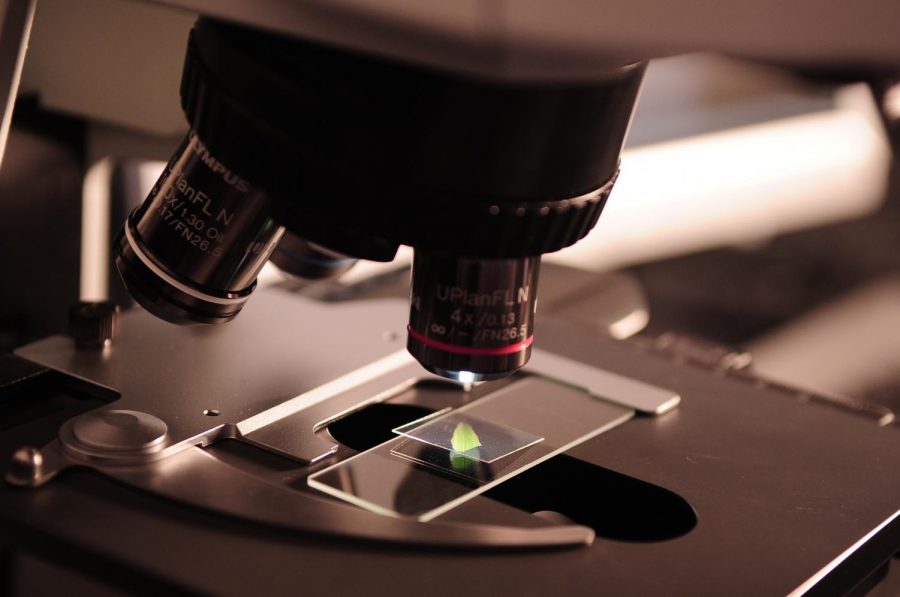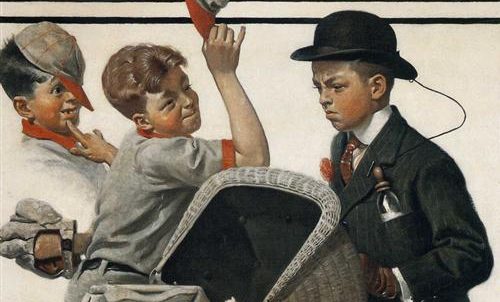The Cruelty Underneath Scientific Progress
Living under the Information Age, many of us take the benefits of science for granted. While our knowledge advanced significantly in various scientific fields over the last two centuries, we pay little attention to how we got here. Notwithstanding the emphasis that humanism placed a profound influence on western countries during the Age of Reason, there were still a substantial amount of scientific experiments that were conducted afterwards and considered entirely devoid of humanity, one of which is the slave experiment.
At the northwest corner of the statehouse grounds in Columbia, S.C., there is a monument of J. Marion Sims, who is recognized as the Father of Gynecology for his outstanding medical contribution in gynecology. However, who can imagine that behind such an respectable appellation, Sims was associated with numbers of cruel slave experiments? Sims stands as an epitome of those who contributed to the course of science by sacrificing others through cruel manners. He carried out a number of racist experiments to learn how to fix vesicovaginal fistula, a consequence of an abnormal fistulous tract extending between the bladder and the vagina, which generally occurs during birth.
Under the institution of slavery in the 1800s, most African women gave birth to their children in stables which were poorly sanitized, this caused many slave newborns to be easily infected with tetanus. Also, many slave women and children were diagnosed with osteoporosis, because of the lack of calcium intake. However, in Sims’s perspective, instead of considering the substandard living condition of African slaves as the leading cause of this phenomenon, he believed that it was a result of the slaves’ inherently inferior morality.
With this mindset, Sims took over a number of slaves from their masters. Those ill slave women and children were treated as guinea pigs under Sims’s merciless practice. He performed surgeries on them without anesthesia, believing that their “blackness” meant they could endure more pain than whites. While in fact, those slave women suffered the pain just as unbearable as the whites. Sims justified himself by saying that these innocent lives were considered as “property,” thus he had the right to do anything he wanted. When after years of experimenting on slaves, Sims was eventually capable of treating vesicogenital fistula. With his magnificent discovery, Sims soon became one of the most prestigious figures in the medical field and was perpetually remembered in history. Nevertheless, underneath the gloss of Sim’s achievement, who remembers the agonies and miseries of those African slave women and children, whose stories are unattended and buried to molder?
Some people justify for Sims by claiming that he performed surgery for a therapeutic purpose, those experiments are sign of civilization rather than savagery. Indeed, it is undeniable that the aim of the experiments were to free more people from suffering, but the contemplative question is that does it violate human ethics to gain scientific progress at the expense of a vulnerable population? Today, human experimentation no longer exists due to the establishment of various ethical standards as society advanced, but similar debate persists on subject like animal rights vs. medical research. Being as an educated citizen, while we enjoy various benefits brought by science, it is also necessary to be aware of the stories underneath it, so that we can view issues more objectively.











